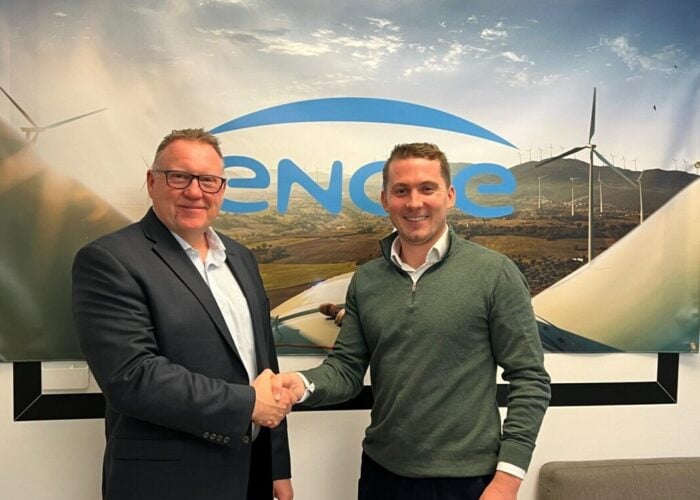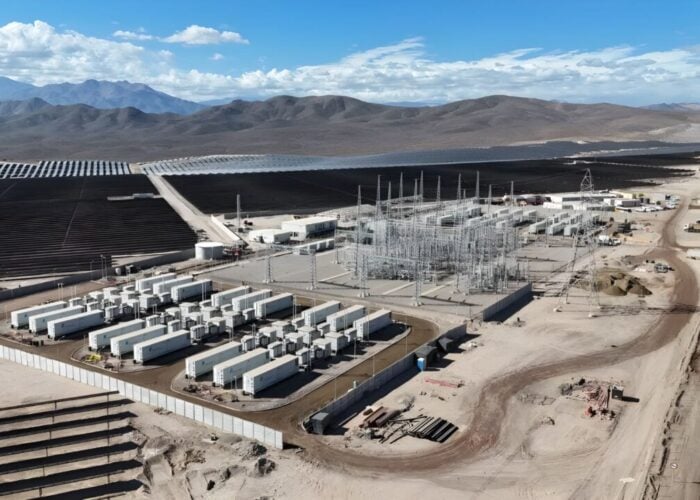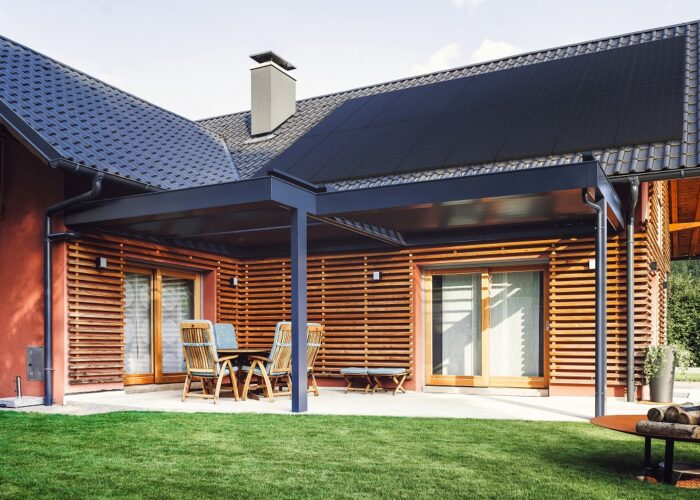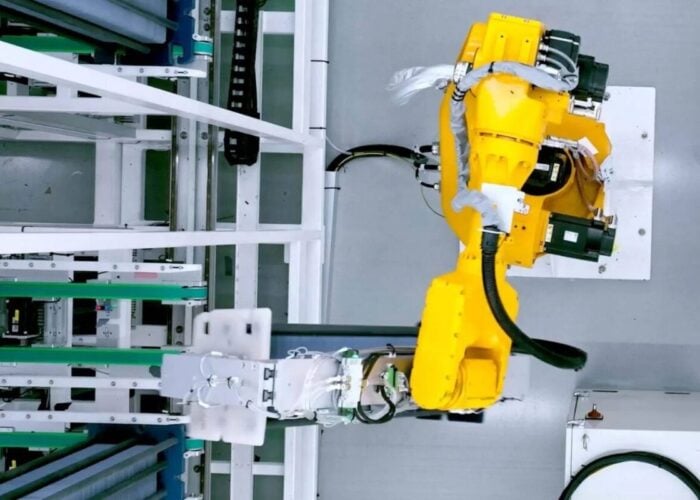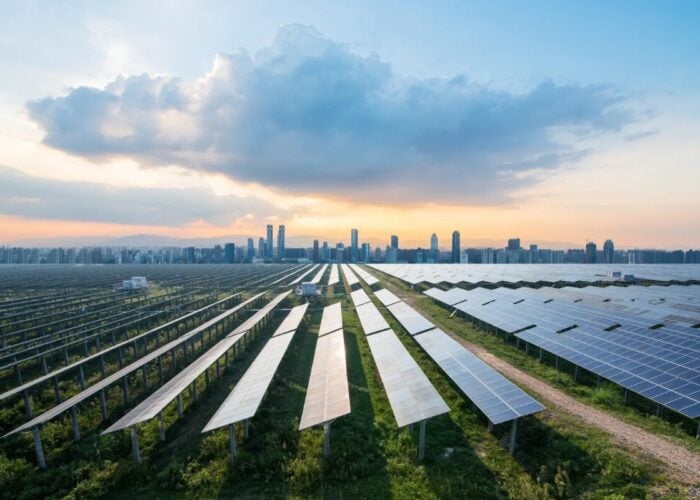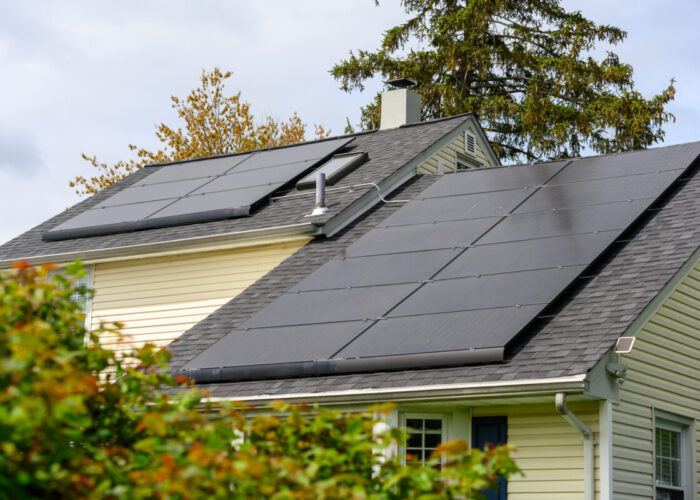Panasonic has passed TÜV Rheinland’s salt mist corrosion testing for its latest photovoltaic (PV) module type, the manufacturer announced on Tuesday.
The tests were applied to Panasonic’s HIT modules, VBHN245SJ25 and VBHN240SJ25. The upgraded modules were launched at the beginning of 2014, with the company citing a conversion efficiency of 19.4%, aimed at providing an improvement from the company’s previously available modules in overall operational performance, notably for residential rooftop markets. The solar cells in a HIT module are made of a mono thin crystalline silicon wafer surrounded by ultra thin layers of amorphous silicon.
Try Premium for just $1
- Full premium access for the first month at only $1
- Converts to an annual rate after 30 days unless cancelled
- Cancel anytime during the trial period
Premium Benefits
- Expert industry analysis and interviews
- Digital access to PV Tech Power journal
- Exclusive event discounts
Or get the full Premium subscription right away
Or continue reading this article for free
TUV Rheinland applied the highest level of stress – severity six – available under test conditions. The modules were intensively salt sprayed and put under damp storage conditions for eight weeks. High concentration of salt and high levels of humidity could corrode PV module components including the frame, junction box, and glass, causing lower module power output. Testing across the simulated lifetime of the module, TÜV Rheinland therefore subjected it to conditions similar to coastal and salt-laden environments.
In addition, Panasonic claims that its modules are resistant to long-term degradation and provide “maximum suppression of thermal and mechanical stress” in a way that is “unparalleled” in the industry, thus increasing their reliability. Commenting on the latest test results, Daniel Roca, Panasonic Eco Solutions Europe’s UK manager, said reliability is a “key attribute” of the company’s technology.
Yesterday, PV Tech reported that Panasonic had noted an increase in solar module sales for the second quarter of its current fiscal year, contributing to the Japan-headquartered multi-national company’s first net cash gain for five years.

